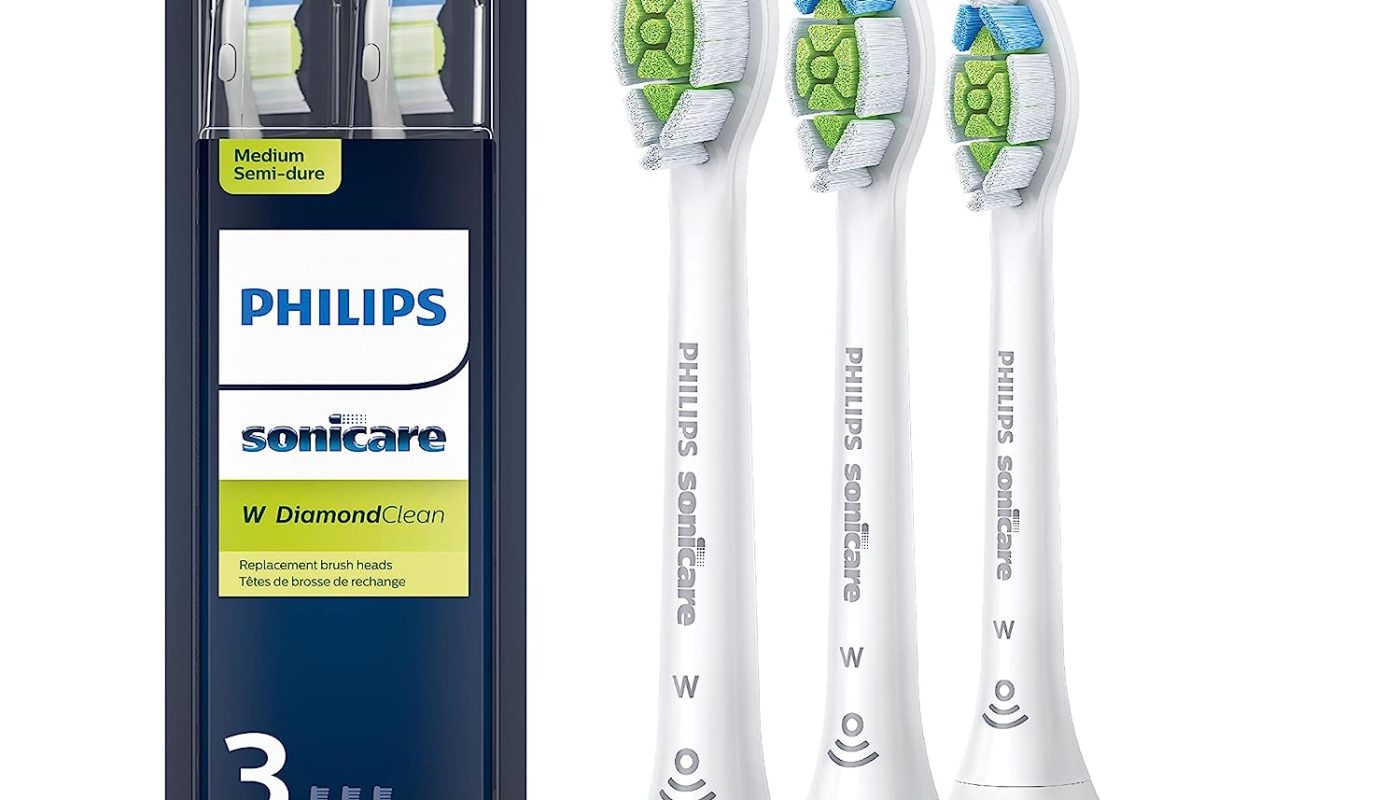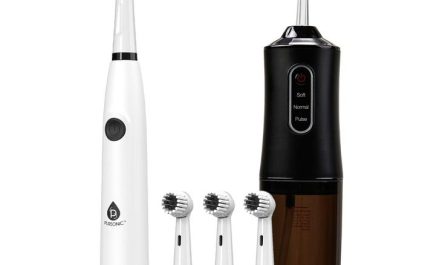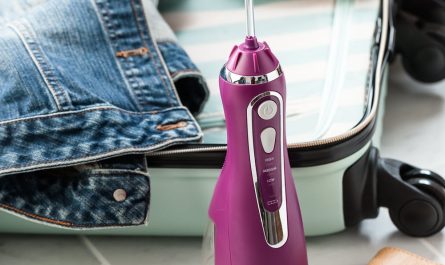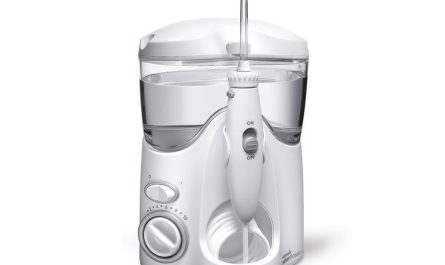Introduction
Regularly replacing your toothbrush is an important aspect of maintaining good oral hygiene. While it may seem unnecessary to replace your toothbrush every three months, there are several reasons why this practice is highly recommended. In this article, we will explore the importance of regular toothbrush replacement, discussing factors such as wear and tear, hygiene, effectiveness, and potential health risks.
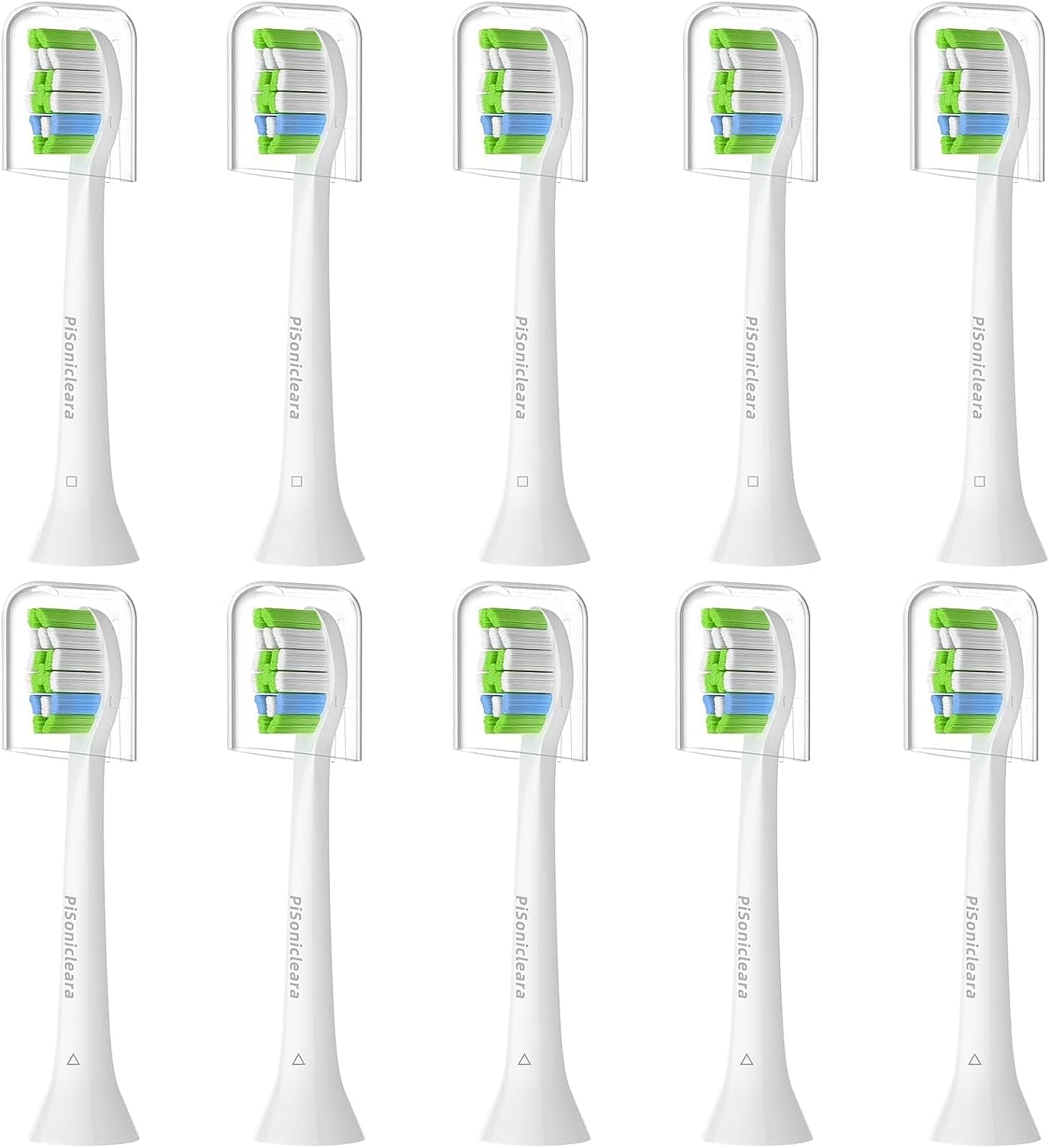
Do I really need to replace my toothbrush every 3 months?
Wear and tear
Over time, toothbrush bristles become worn and frayed due to regular use. This wear and tear can significantly impact the effectiveness of your toothbrush in cleaning your teeth and gums. Consider the following points:
Bristle stiffness: As toothbrush bristles become worn, they lose their stiffness and are less effective at removing plaque and food particles. Inadequate plaque removal can lead to tooth decay, gum disease, and other oral health issues.
Bristle strength: Worn bristles are more prone to breaking or falling out, potentially causing discomfort or injury to your gums. Additionally, broken bristles can leave behind sharp edges that may damage tooth enamel or irritate oral tissues.
Brush head shape: Over time, the shape of the brush head may change due to wear. This alteration can affect your ability to reach all areas of your mouth effectively, compromising the thoroughness of your oral hygiene routine.
Reduced cleaning power: A toothbrush with worn bristles may not be able to effectively remove plaque and bacteria from hard-to-reach areas, such as the back of the mouth or between teeth. This can result in a higher risk of cavities and gum disease.
Hygiene considerations
Maintaining proper hygiene is essential for preventing the accumulation of bacteria and germs on your toothbrush. Consider the following hygiene factors:
Bacterial buildup: Over time, bacteria can accumulate on the bristles of your toothbrush, especially if it is not properly cleaned and stored. These bacteria can potentially be reintroduced into your mouth during brushing, increasing the risk of oral infections or illnesses.
Mold and mildew growth: Moist environments, such as your bathroom, can promote the growth of mold and mildew on your toothbrush, particularly if it is not allowed to dry properly between uses. Using a toothbrush with mold or mildew can introduce harmful microorganisms into your mouth.
Cross-contamination: If you have been sick or recently recovered from an illness, the bristles of your toothbrush may harbor harmful bacteria or viruses. Continuing to use the same toothbrush increases the risk of reinfection or spreading the illness to others.
Effectiveness of plaque removal
The primary purpose of a toothbrush is to remove plaque from your teeth and gums. However, as a toothbrush ages, its ability to effectively remove plaque diminishes. Consider the following points:
Plaque removal efficiency: Over time, the bristles on your toothbrush lose their flexibility and become less effective at dislodging plaque and food particles. Inadequate plaque removal can lead to an increased risk of cavities, gum disease, and bad breath.
Interdental cleaning: Many toothbrushes have bristles specifically designed to clean between teeth. However, as the bristles wear down, they may no longer reach these narrow spaces effectively. This can lead to plaque buildup in these areas, increasing the risk of tooth decay and gum inflammation.
Gum health: In addition to cleaning your teeth, your toothbrush also plays a crucial role in maintaining the health of your gums. Worn bristles may be too harsh on your gums, leading to irritation, bleeding, and potential gum recession.
Potential health risks
Using an old toothbrush can pose certain health risks due to the accumulation of bacteria and the reduced effectiveness of plaque removal. Consider the following factors:
Oral infections: An old toothbrush with bacterial buildup can potentially introduce harmful microorganisms into your mouth, increasing the risk of oral infections such as gingivitis or periodontitis.
Illness transmission: If you share a toothbrush with someone else or continue using the same toothbrush after being sick, you may be at risk of transmitting bacteria or viruses. This can lead to cross-contamination and potential illness in yourself or others.
Systemic health connections: Poor oral hygiene has been linked to various systemic health conditions, including heart disease, diabetes, and respiratory infections. Using an old toothbrush that compromises your oral hygiene routine may contribute to the development or exacerbation of these conditions.
Conclusion
Regularly replacing your toothbrush every three months is essential for maintaining good oral hygiene and reducing potential health risks. Worn bristles, compromised cleaning effectiveness, bacterial buildup, and increased risk of oral infections are all factors that support the need for regular toothbrush replacement. By adhering to this practice, you ensure that your toothbrush remains effective, hygienic, and safe to use. Remember that proper oral hygiene includes not only regular toothbrush replacement but also regular flossing, tongue cleaning, and dental check-ups. By prioritizing your oral health, you can help prevent oral diseases, maintain fresh breath, and contribute to your overall well-being.

